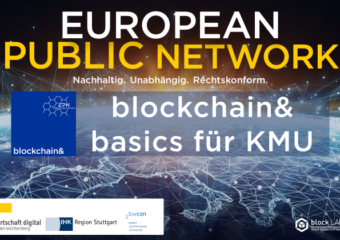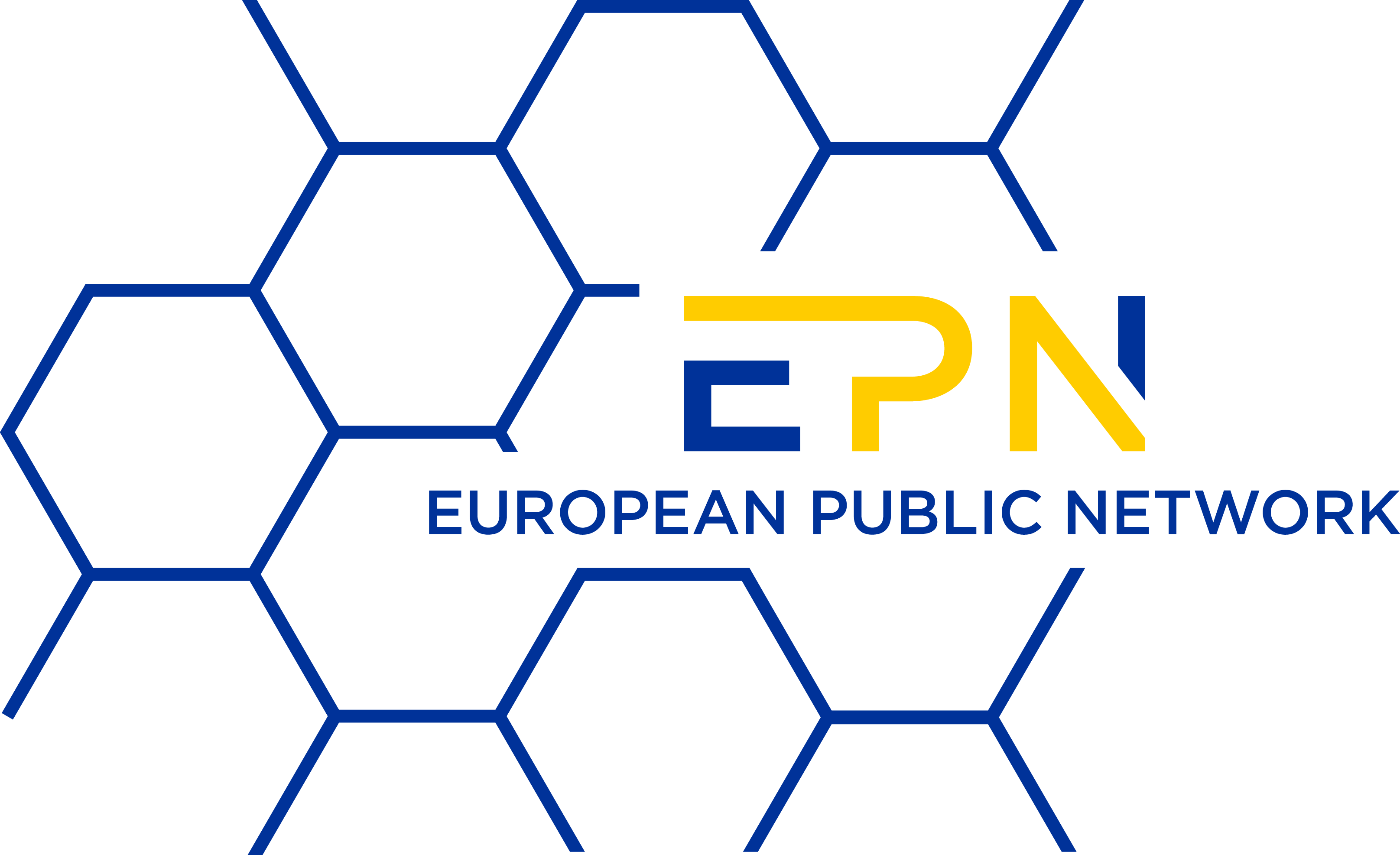Automate and digitise SMEs with Blockchain – EPN

Blockchain and decentralised ledger technologies play an important role in the automation of processes in companies. Furthermore, the technology offers innovative opportunities to develop new digital business models. This does not only apply to large companies. SMEs in particular, as traditional drivers of innovation and the backbone of the German economy, should therefore engage with blockchain and decentralised ledger technology.
According to a Bitkom survey in July 2021, blockchain technology is highly underestimated. It is one of the most important technologies of the future. A total of 59% of respondents had this view. For companies with more than 2,000 employees, it was even 82%. Smaller companies, especially SMEs, have not yet delved deeper into blockchain technology and the innovation contribution it makes to their digitalisation and automation. There is often a lack of knowledge and know-how.
Aim of the blockchain& webinars
This can be remedied. For this reason, the European Public Network and blockLAB Stuttgart, together with the media partners IHK Region Stuttgart, bwcon and the Initiative Wirtschaft 4.0 Baden-Württemberg are offering the free webinar series blockchain&.
The aim of the webinar series “blockchain&” is to provide SMEs in particular with so-called “knowledge nuggets” on selected topics for non-technicians.
Leading experts will give a keynote speech in each webinar. Furthermore, questions or practical examples from the experts or participants will be discussed and experiences exchanged in an interdisciplinary round.
On 20.07.2021, the webinar series was successfully launched with Part 1: blockchain& basics for SMEs. Below you can read a summary of the contents of our speaker Dennis Schlegel. You can also find the slides of the presentation and the recording of the webinar there.

You can find current events on our Eventbrite page. Just click here.
blockchain& Basics for SMEs
Distributed ledger technology (DLT), blockchain technology and crypto assets are ushering in a new wave in digital transformation. They are fundamental building blocks for the internet of the future. As enabling technologies, they will lay the foundation for future digital business relationships, platforms and web applications. In the advancing process of digitalisation, they are increasingly being integrated into the basic framework of our economy in every industry.
Many of the original basic protocols of the internet, such as TCP/IP or SMPT, now form the base layer for numerous web applications as a common internet protocol family. DLT networks can be understood as a further evolutionary stage of the internet, which provides us with a new computing infrastructure. Unlike the classic server-client model, the infrastructure is shared through a distributed peer-to-peer network. This enables the verification, processing and auditing of transactions in near real time for all network participants. Other features such as decentralisation, reliability and forgery protection open up a broad field of innovative applications and new forms of cooperation.
In principle, blockchain networks differ in their respective configuration in various dimensions. One essential dimension is the distinction between public and private blockchain networks. These differ in their open accessibility with regard to verification, operation and validation of the respective system. Closely related to this is also the degree of decentralisation, which has a direct influence on the properties of neutrality and censorship resistance of the blockchain as a digital platform. Analogous to the internet vs. intranet, the greatest economic and social added value will be achieved through open systems.
Digitise and tokenise
The digitised representation of an asset, including the rights and obligations contained in this asset, as well as its transferability and tradability, is referred to as tokenisation. In addition to digital goods, physical objects, rights and licences can also be tokenised via DLT systems. The generated tokens represent a digital twin within the blockchain. These now regulate the ownership of the respective object, including the rights and obligations that are codified as inherent logic in the tokens. As a collective term, these tokens are also referred to as crypto assets.
Accordingly, a token can be understood as a standardised container that is issued via a DLT network and can be used within its infrastructure. The use of a DLT network increases security, reduces costs and multiplies the potential applications of tokenised assets. These can be embedded in automated business processes through the use of smart contracts.
Smart contracts
Smart contracts are self-executing applications for automating business transactions that are executed over a DLT network, such as a blockchain. Because they reduce administrative business costs and allow innovative business models, they are one of the most attractive features that can be implemented with DLT.
While the cryptocurrency Bitcoin uses the Bitcoin Blockchain to maintain a global ledger of transaction history, a general state change system is supported on a smart contract enabled system. In this system, it is possible to maintain not only a ledger of account balances and transactions, but also computer programs that can execute arbitrary code. These programmes, called smart contracts, allow rules to be codified directly into assets, financial transactions and business processes, ensuring transparency and tamper-resistance for all participants.
Blockchain and the Disruption of Platforms (GAFA)
Digital platforms, especially two-sided marketplaces, are among the most successful business models of all. Many of today’s most valuable companies, such as Google, Amazon, Facebook and Appel (GAFA), have a digital platform at their core. With increasing digitalisation and data-driven business models, these are becoming more and more important in our economy and society. As a new type of infrastructure, blockchain or DLT offers us approaches to make digital platforms fairer in their network properties and to develop them further.
DLT enables a new generation of digital platforms built on a community-driven infrastructure, open protocols and standards. Here, all stakeholders work together in the development and operation of the digital platform infrastructure. At the application level, i.e. in the development of concrete products and services, participants compete with each other. In this process, horizontally integrated platforms are created that promote better competitive conditions for diverse industries and niche markets and thus greater prosperity in the long term.
Short and to the point
Potentials and advantages for SMEs can be summarised as follows:
Potentials of Blockchain and Decentralised Ledger Technologies for SMEs
Further information (only in German):
Below you find the Video of our webinar :
As well, we are happy to share the presentation with you:

